City parks and outdoor recreation areas are busier than ever. Trail systems, walking paths, bike routes, dog parks, playgrounds, and disc golf courses all bring people into the outdoors—but they also create a challenge: visitors need to know where they’re going. When signage is unclear, missing, or inconsistent, confusion quickly turns into phone calls, complaints, and extra work for parks staff.
That’s why cities and municipalities are increasingly turning to professional, long-lasting outdoor signage to keep their parks organized. And while we’re known for high-quality disc golf tee signs, we provide full outdoor navigation systems for entire park networks—trail markers, trailheads, directional arrows, rule boards, safety markers, and more.
Clear, consistent signage doesn’t just improve visitor experience. It directly reduces maintenance requests and frees up city staff to focus on what matters most.
Why Directional Signage Is Essential for Today’s Parks
Every park visitor—whether they’re hiking, walking their dog, or playing disc golf—relies on visual cues to navigate the space. Yet many city parks still use makeshift or outdated signs that haven’t kept up with increased foot traffic. Faded wooden arrows, missing trail markers, paper signs wrapped in tape, and temporary stakes may work for a short period, but they fail quickly in outdoor elements.
When signage fails, visitors hesitate. They stop, look around, and start asking questions. Without clear markers, people often take the wrong path, wander into restricted areas, or unintentionally disrupt other park activities. This confusion leads directly to more calls to the parks office, more interruptions for maintenance teams, and more public frustration.
Professional signage eliminates these pain points by giving visitors everything they need to confidently explore the park without assistance.
Visitors Stop Getting Lost on Trails
A well-marked trail system is more than a luxury—it’s a necessity. On hiking loops, mountain bike routes, nature paths, and mixed-use trails, directional signs are the backbone of smooth navigation.
Our trail signage systems use:
-
Color-coded route markers
-
Clear directional arrows
-
Mile or half-mile markers
-
Junction indicators
-
“You Are Here” reference points
With these markers in place, visitors always know where they are and where they’re going. They no longer take wrong turns or call the office asking how to return to the parking lot. Parks departments consistently report a noticeable decrease in wayfinding-related calls within days of upgrading their signage.
The result?
Visitors explore confidently, and staff gain valuable time back.
Disc Golf Courses Become Self-Guided (Without Staff Intervention)
Disc golf is one of the fastest-growing outdoor sports in the country, which means cities are seeing more and more players—many of them new to the game. Without proper signage, disc golf courses quickly frustrate players, who often struggle to find tees, fairways, or the next hole.
Our signage creates smooth, natural course flow with:
-
Hole number posts
-
Next tee arrows
-
Fairway direction markers
-
Course entrance maps
When a course is properly signed, players intuitively know where to go. They aren’t wandering into wrong fairways or walking through areas meant for other park users. Clear signage increases safety, reduces crowding, and minimizes the chance that players will interrupt maintenance crews or accidentally walk into restricted zones.
A well-marked course improves the player experience while reducing the number of questions directed at city staff.
Multi-Use Parks Stay Organized and Safer
Modern parks are rarely single-use. Cities often combine hiking trails, disc golf fairways, walking paths, pavilions, ball fields, playgrounds, and nature areas within the same space. Without a clear visual system to organize these elements, even the best-designed parks can feel chaotic.
Professional directional signage helps separate these spaces by clearly marking:
-
Shared-use vs. restricted-use areas
-
Walking paths vs. bike paths
-
Trail intersections and loops
-
Disc golf fairways and transitions
-
Parking, restrooms, and pavilions
When visitors instantly understand the park layout, they naturally follow the flow without requiring staff assistance. Fewer people enter the wrong zones, fewer conflicts arise between different user groups, and the entire park operates more smoothly.
Emergency Responders Benefit From Clear Location Markers
Safety is one of the most important—but overlooked—reasons to invest in proper signage. When trails or disc golf courses stretch deep into wooded areas, emergency responders need precise location information to reach an injured visitor quickly.
We incorporate emergency locator codes directly into:
-
Trail marker posts
-
Large trailhead maps
-
Distance markers
-
Course maps
EMS and fire departments appreciate these systems because they provide exact points of reference. Instead of trying to locate a caller “somewhere on the trail,” responders know the caller is at Marker T4 or Section Blue-12, allowing them to respond faster and more accurately.
This level of clarity reduces risk for visitors and gives cities peace of mind.
Materials Built for Louisiana Weather (and Beyond)
All of our outdoor signs are made with ACM (Aluminum Composite Material) and protected with double UV lamination, making them ideal for parks, trails, and disc golf courses that must withstand constant sun, humidity, and rain.
ACM is the same material used in state and national parks because it:
-
Resists warping, fading, and rotting
-
Handles heat and storms far better than wooden signs
-
Stays vibrant for 5–10 years with minimal wear
-
Holds up against vandalism better than softer materials
-
Maintains a professional look even after years outdoors
Municipalities save money in the long run because ACM signs do not need yearly replacement—unlike cheaper, temporary options.
Clear Signage Saves Cities Time, Money, and Stress
When trail systems and disc golf courses are supported by consistent, durable signage, everything improves. Visitors navigate confidently. Maintenance teams focus on their work instead of giving directions. Emergency responders have reliable location information. And parks look cleaner, safer, and more professional.
Most importantly, upgrading signage is one of the lowest-cost, highest-impact improvements a city can make to its outdoor recreation areas.
We Provide Complete Signage Solutions for Parks & Municipalities
While many people know us for disc golf tee signs, we provide full signage solutions for entire park systems, including:
-
Trail markers
-
Trailhead information boards
-
Park rule signs
-
Educational and interpretive panels
-
Directional and wayfinding signage
-
Safety and emergency markers
-
Large park or course maps
-
Disc golf tee signs and course signage
-
Branding panels for park identity
If it belongs outdoors, we can design it, print it on durable ACM, and help ensure it’s placed where it will serve visitors best.
Clear signage makes parks better—for visitors, for staff, and for the entire community.

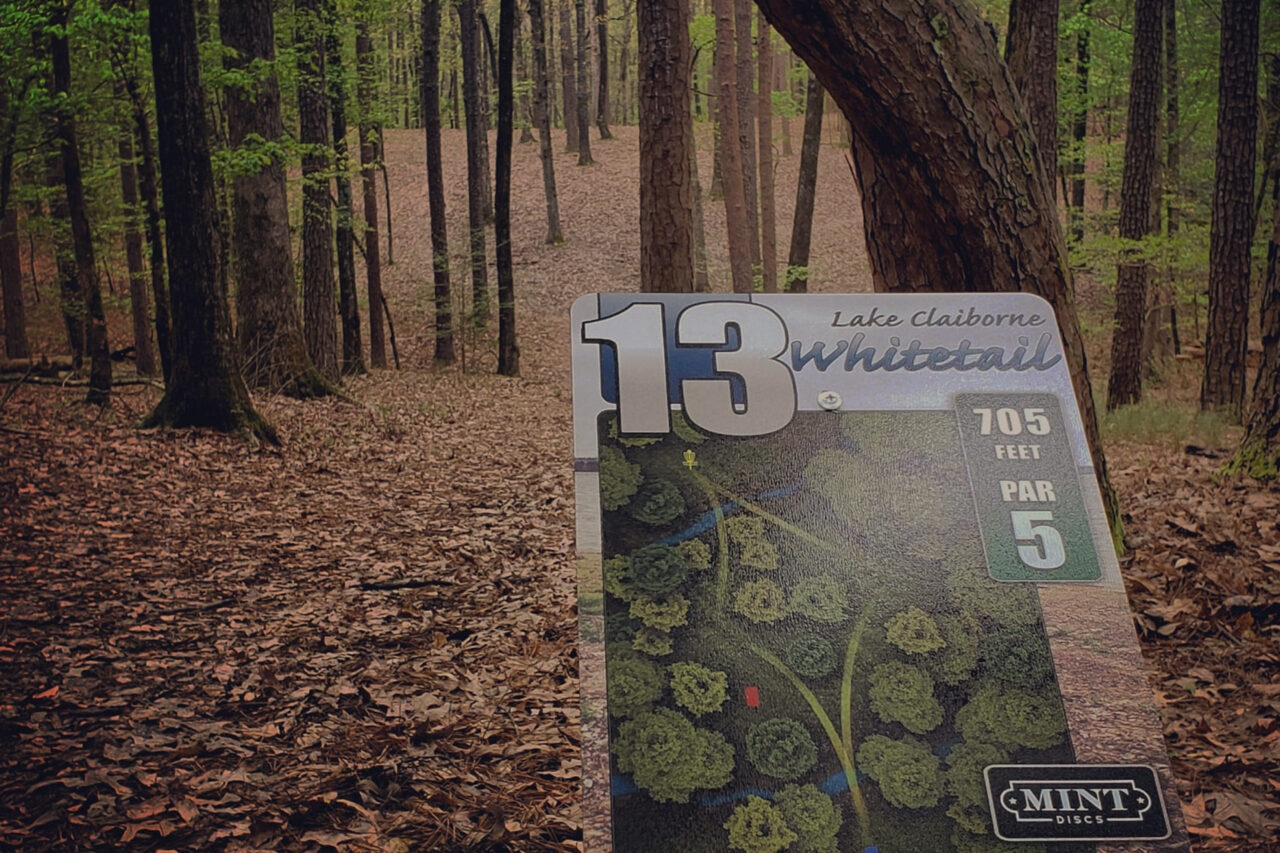
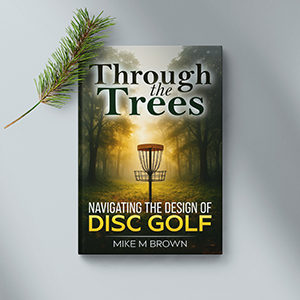

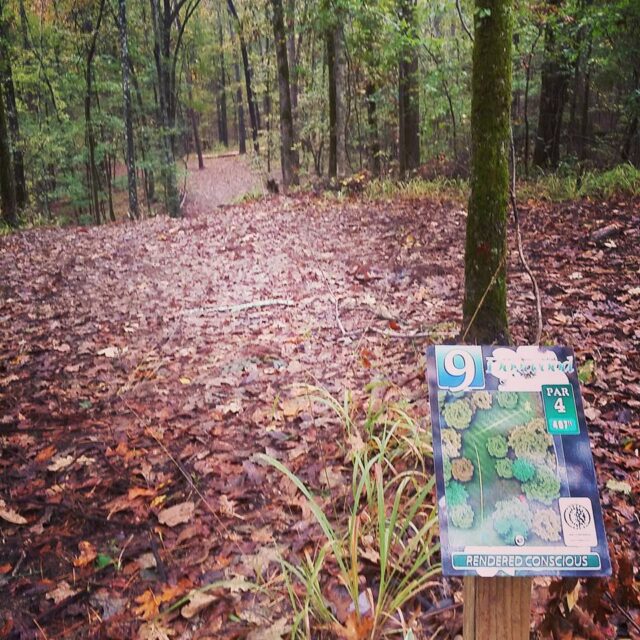
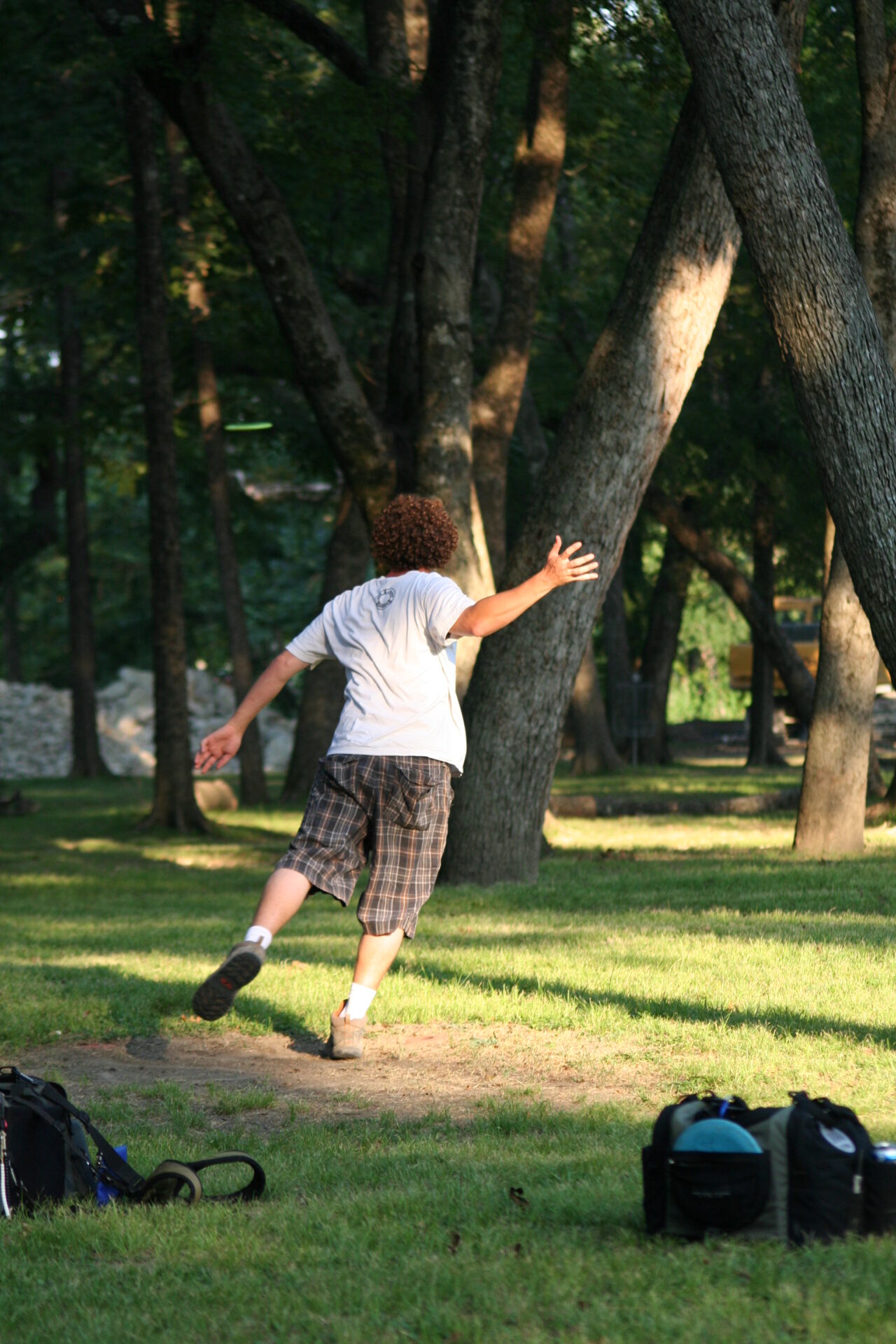
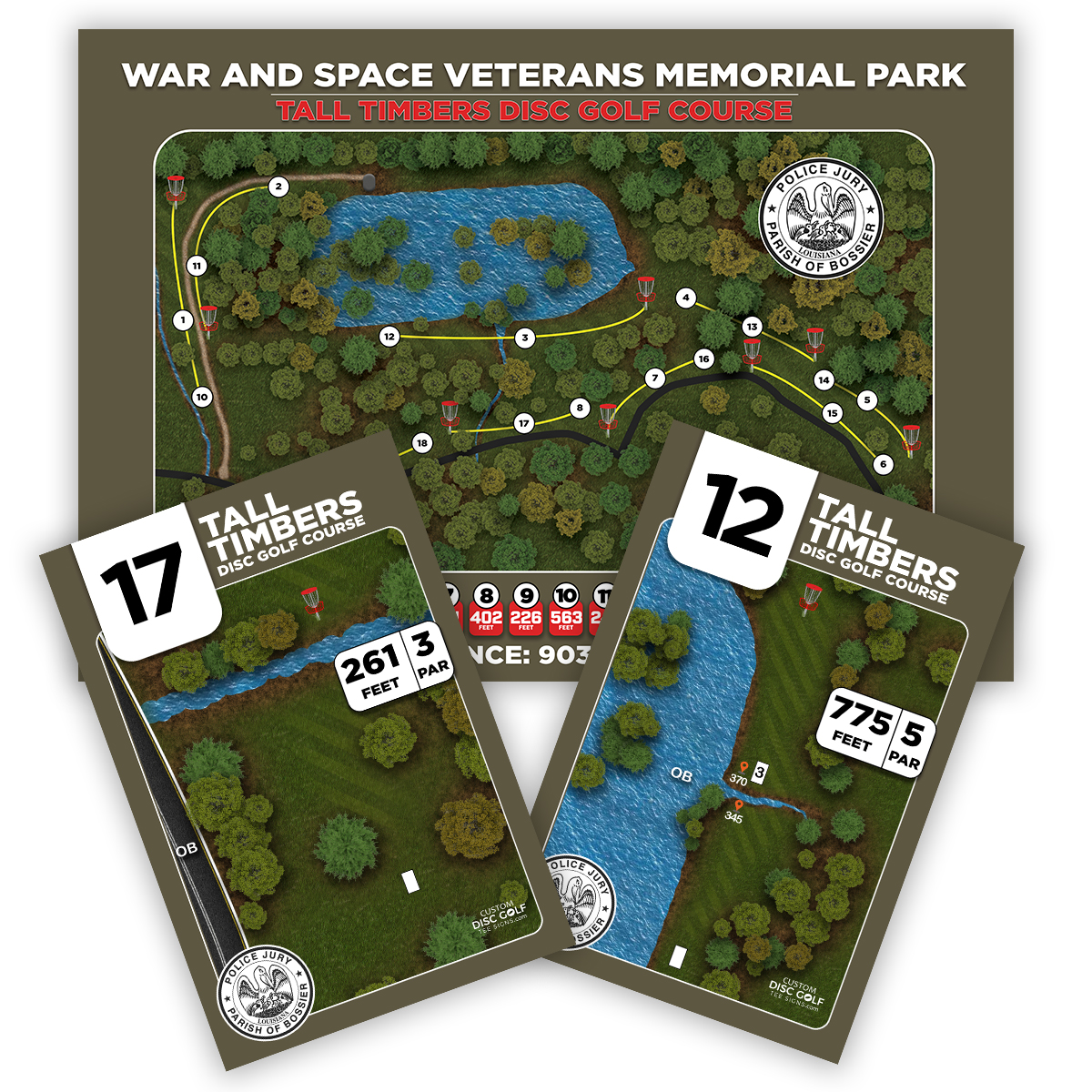





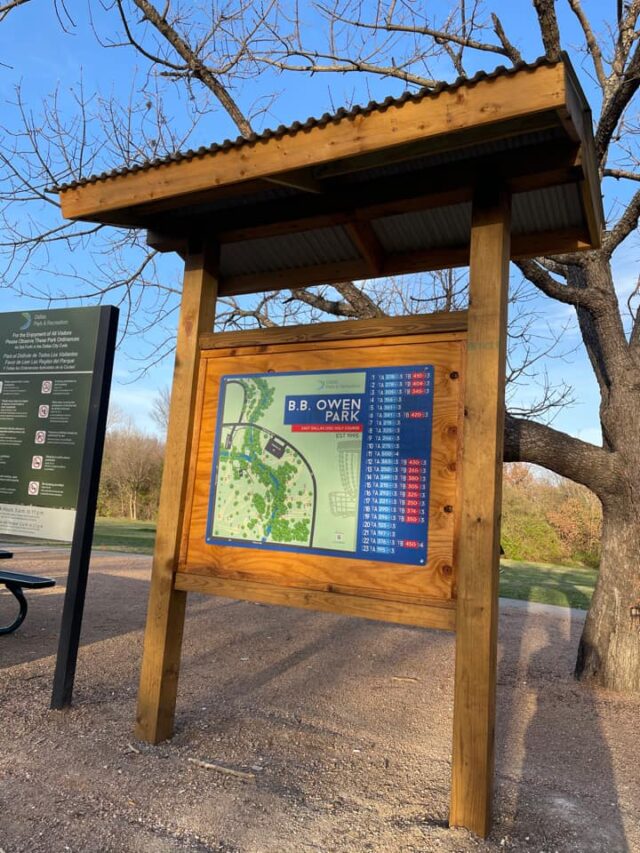

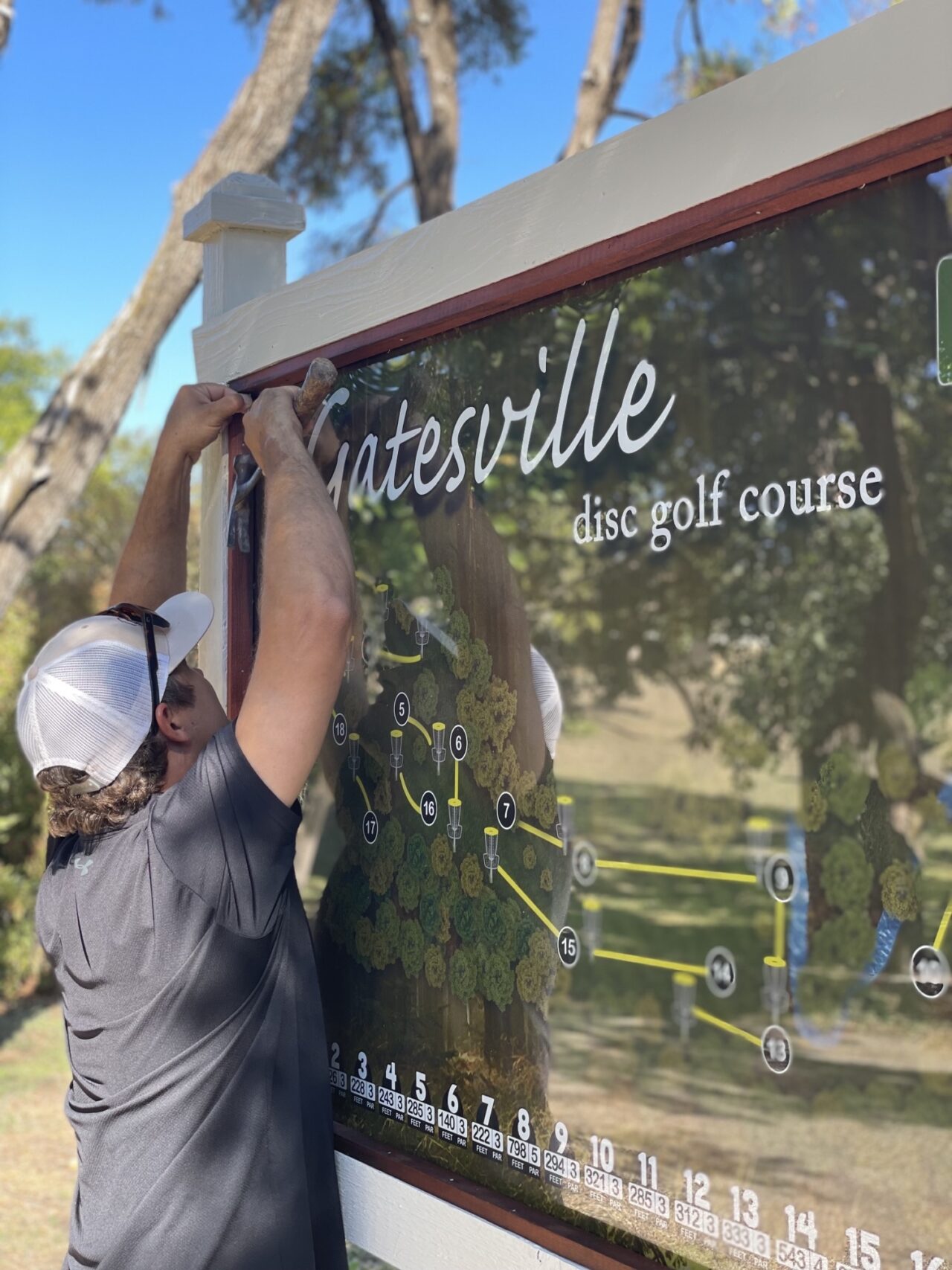



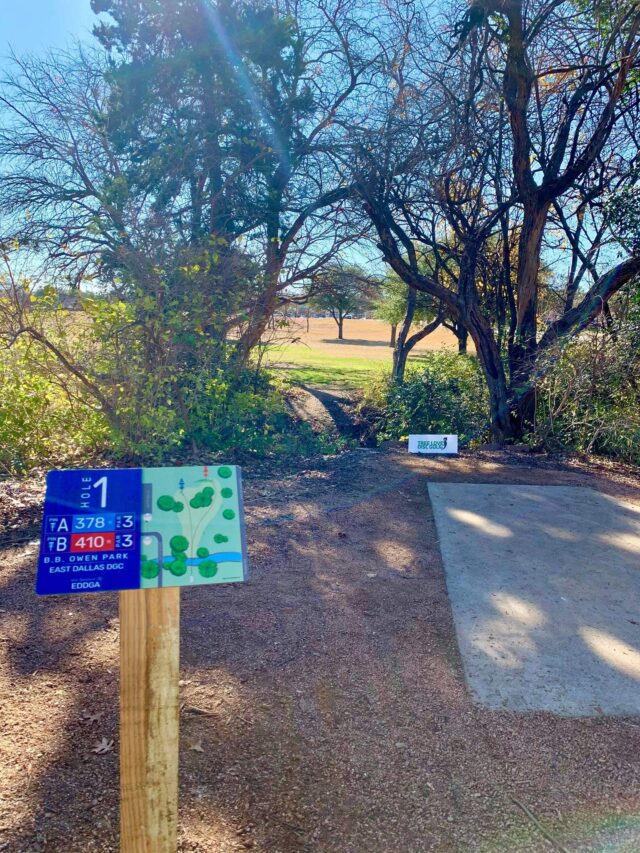


 Course Maps Improve Accessibility
Course Maps Improve Accessibility












